The charm of the magical life of Edmund Leighton (22 photos)
Reality and fairy tale. And there is also a truly tangible desire to use plots for illustrations of a magic book. Such associations are evoked by the works of the English painter Edmund Blair Leighton (September 21, 1852 – September 1, 1922). 
This master specialized primarily in historical sketches of the Regency and Middle Ages. His work is associated with the Pre-Raphaelite movement of the late 19th and early 20th centuries. 
Leighton was the son of the artist Charles Blair Leighton (1823-1855) and Caroline Leighton (née Busey). He was educated at University College School, but at the age of 15 he went to work in a tea shop.
Eager to study art, he attended evening classes, and at the age of 21 he entered the Royal Academy School. Among his first commissions were monochrome illustrations for magazines. And the first painting exhibited at the Royal Academy was “A Flaw in the Title” in 1874.
Quite quickly, Leighton abandoned the black and white technique and concentrated on working in oil on canvas.
Leighton was extremely meticulous and picky about himself and those around him and created surprisingly light, accurate and lively historical paintings with a high degree of realism and decorativeness. These were romanticized scenes, often depicting chivalry and beautiful ladies in ancient costumes, which were and continue to be extremely popular. 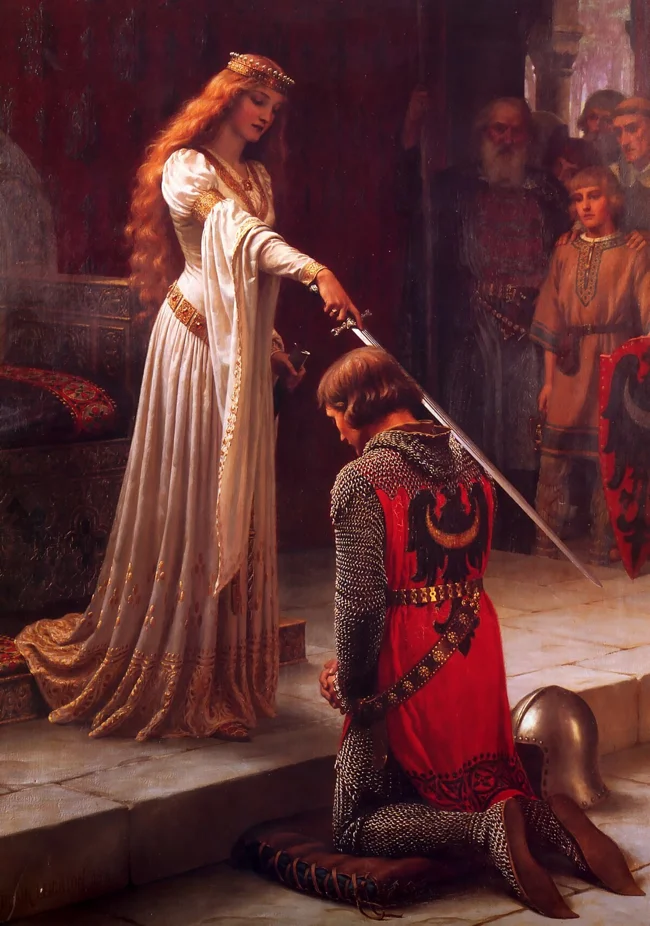

"Accolade"

"Hostage"
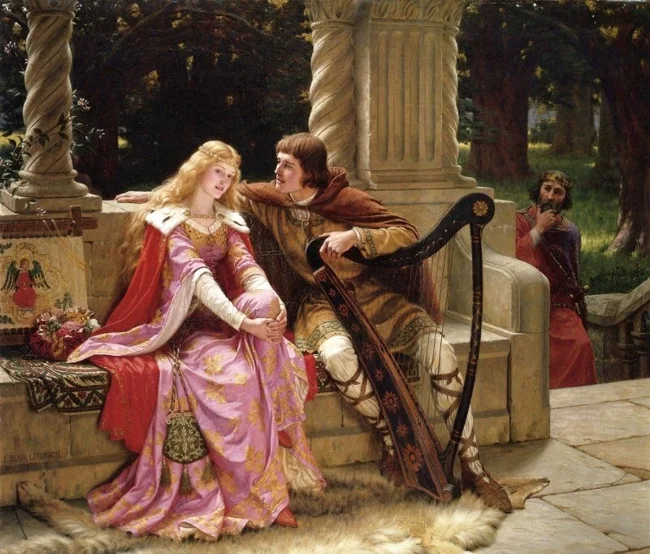
"Tristan and Isolde"
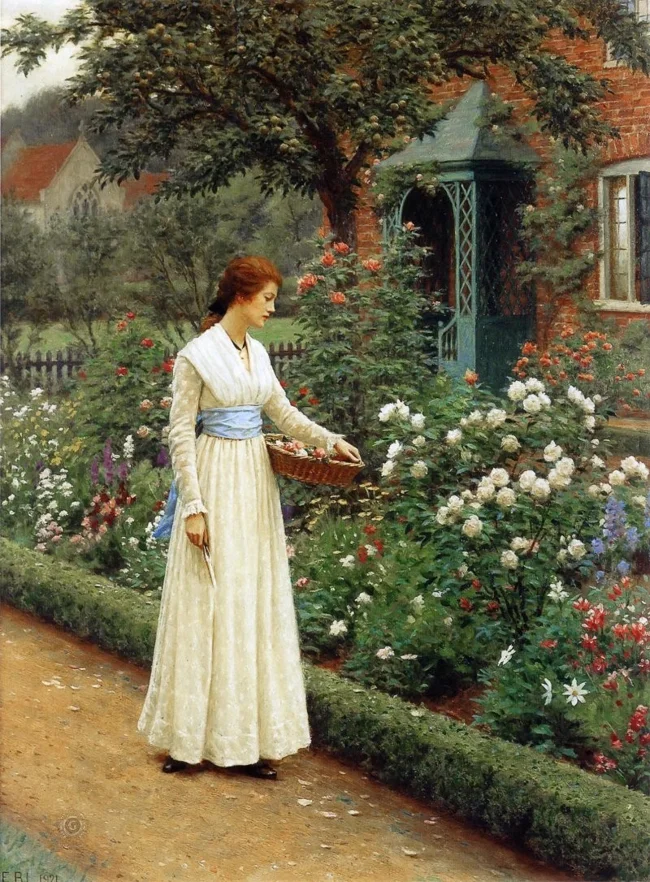
"Rose's Lot"
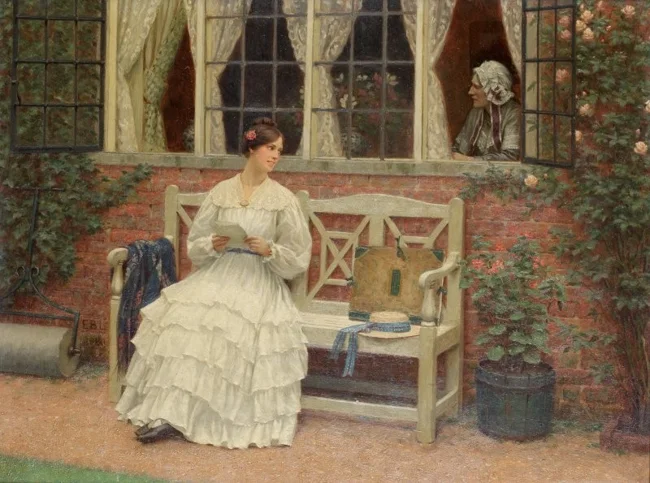
"Last news"
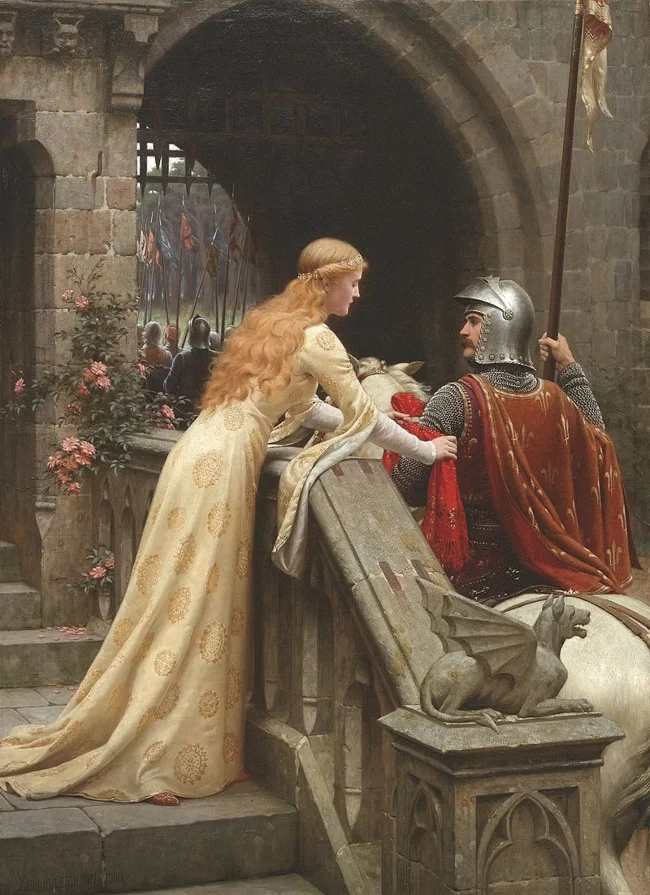
"God help you!"
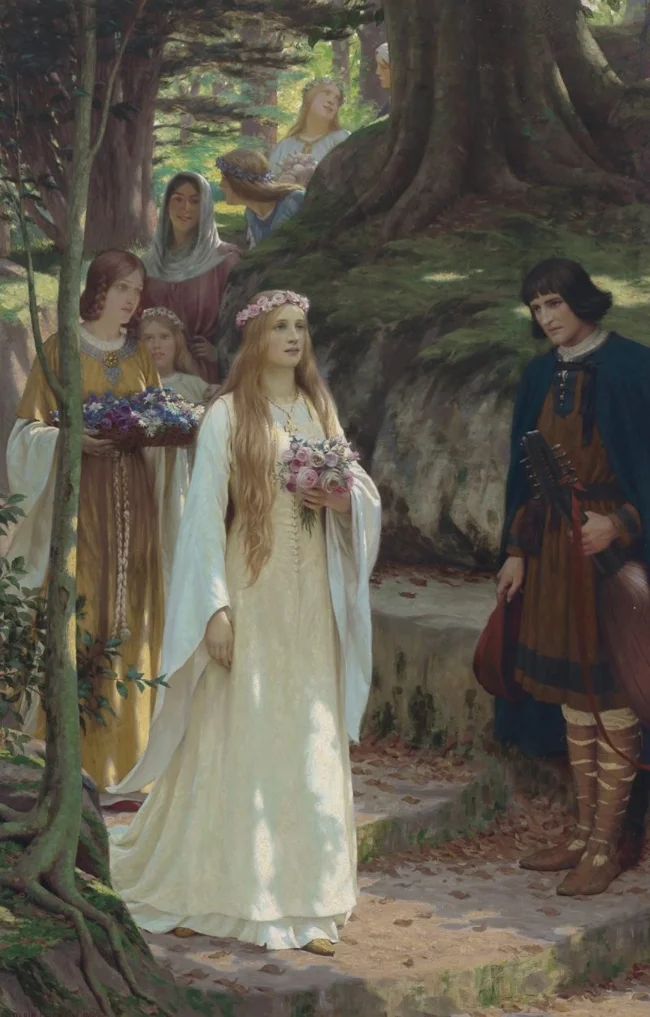
"My Fair Lady"
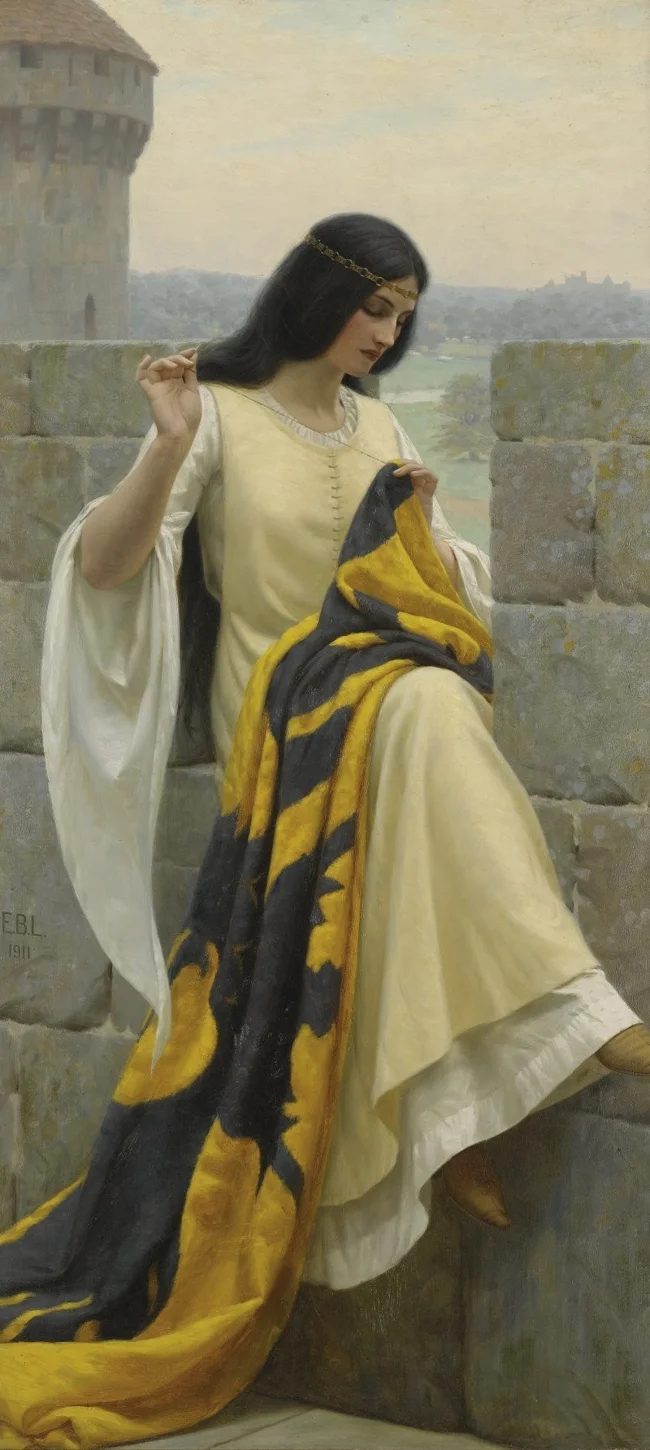
"Stitching the Standard"
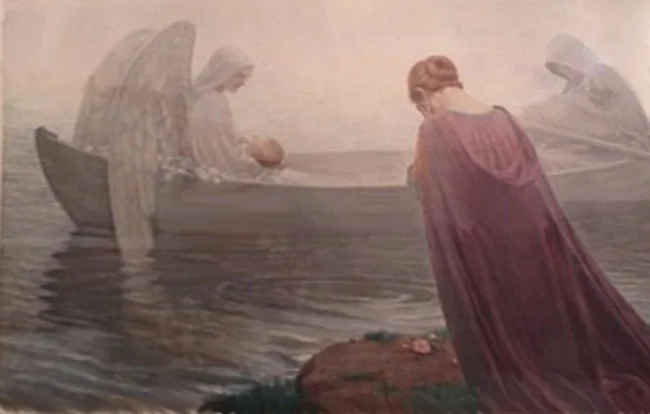
"Into an Unknown Land"
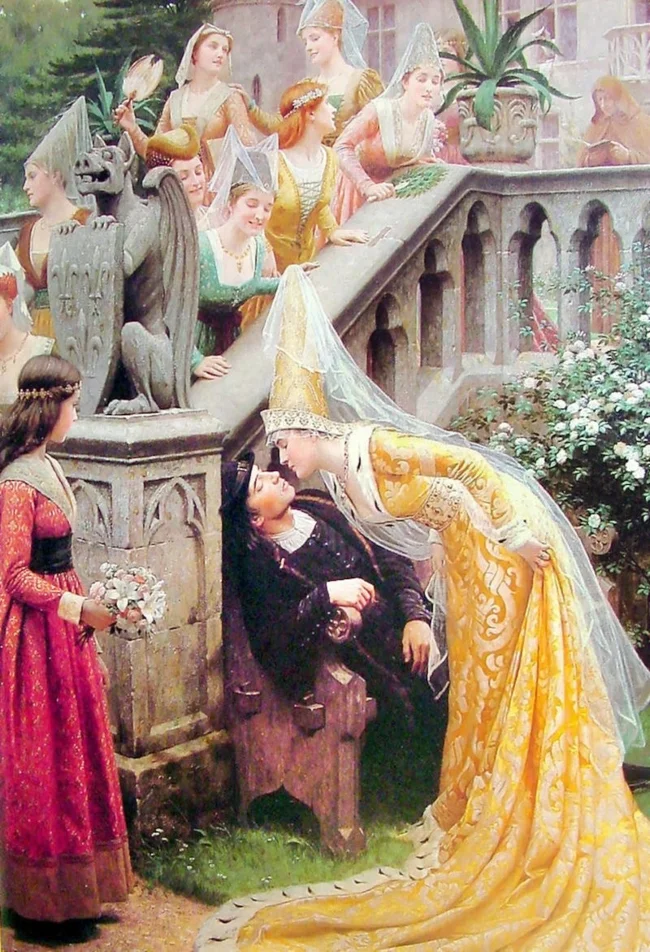
"Alain Chartier"
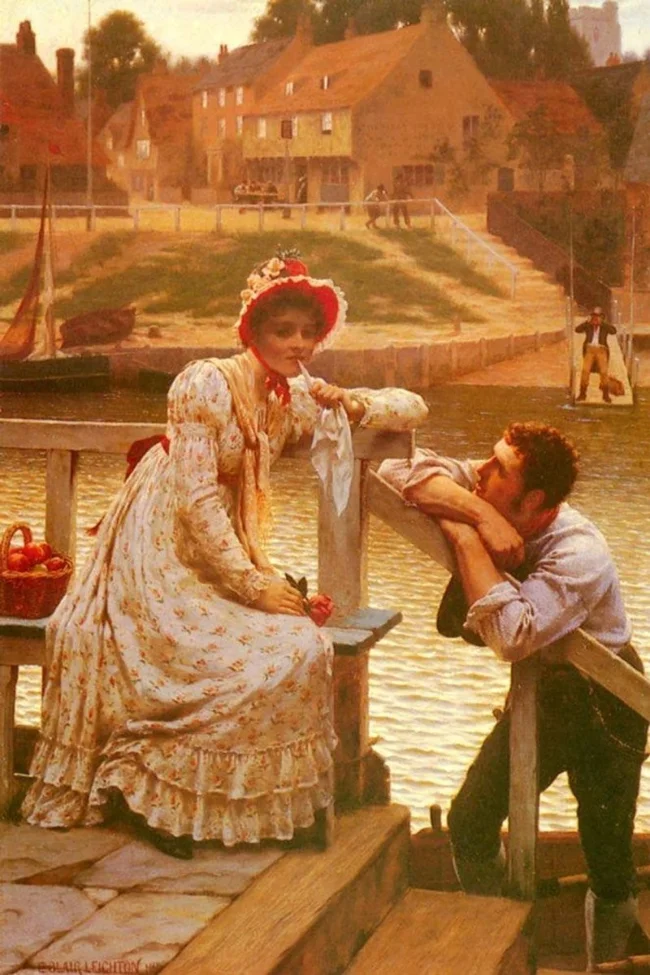
"Courtship"
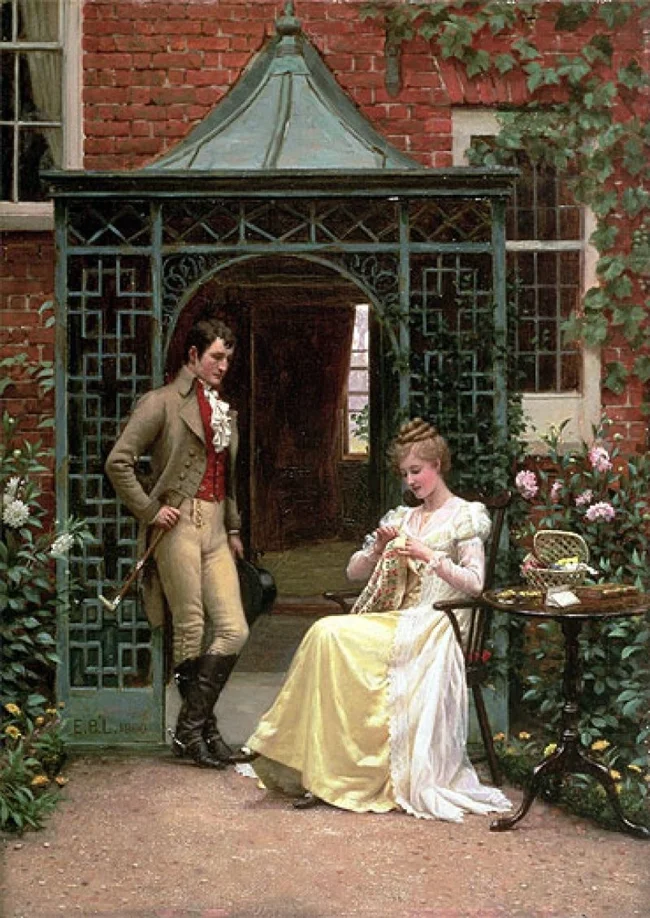
"On the threshold"
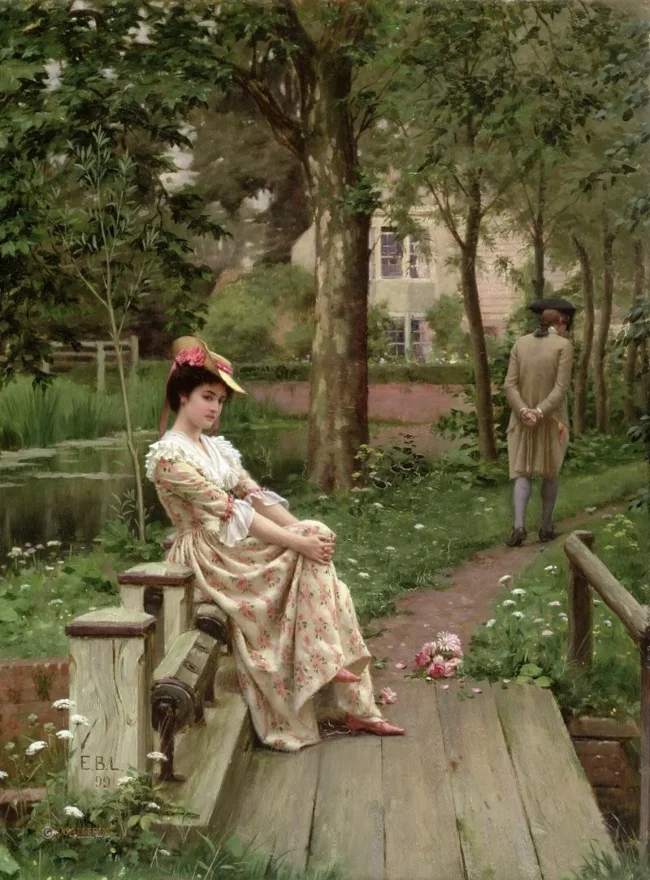
"Parting"
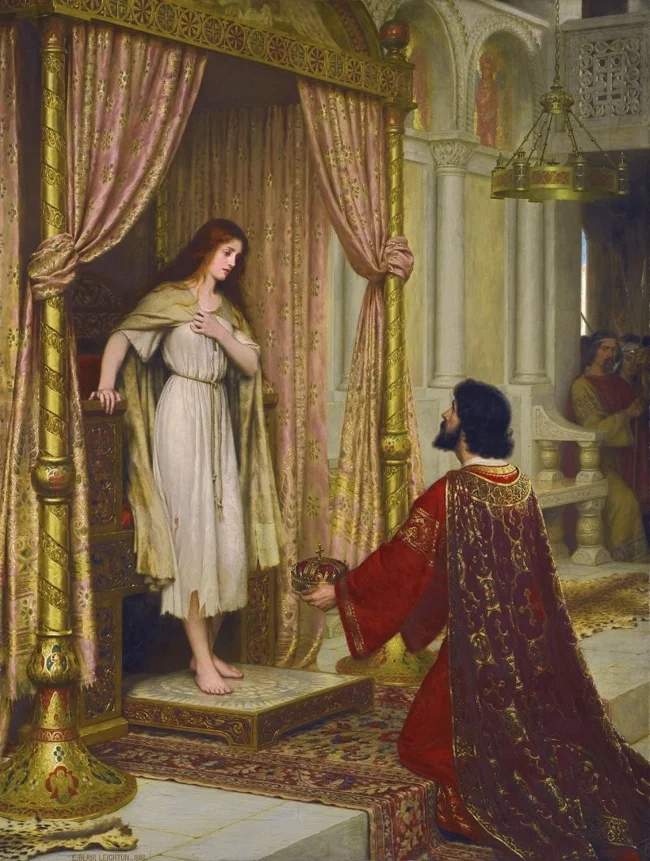
"The King and the Beggar Woman"
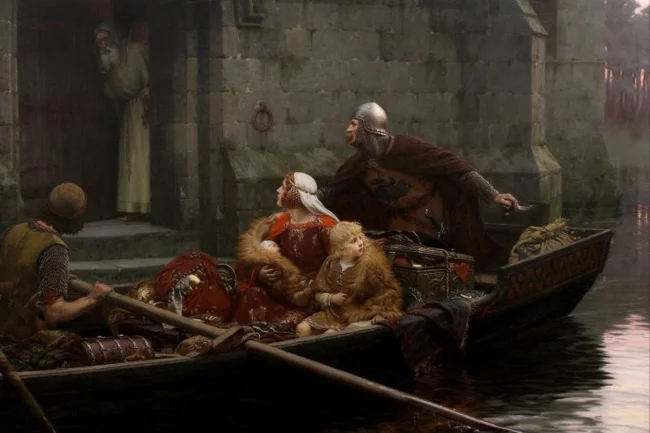
"Dangerous Time"
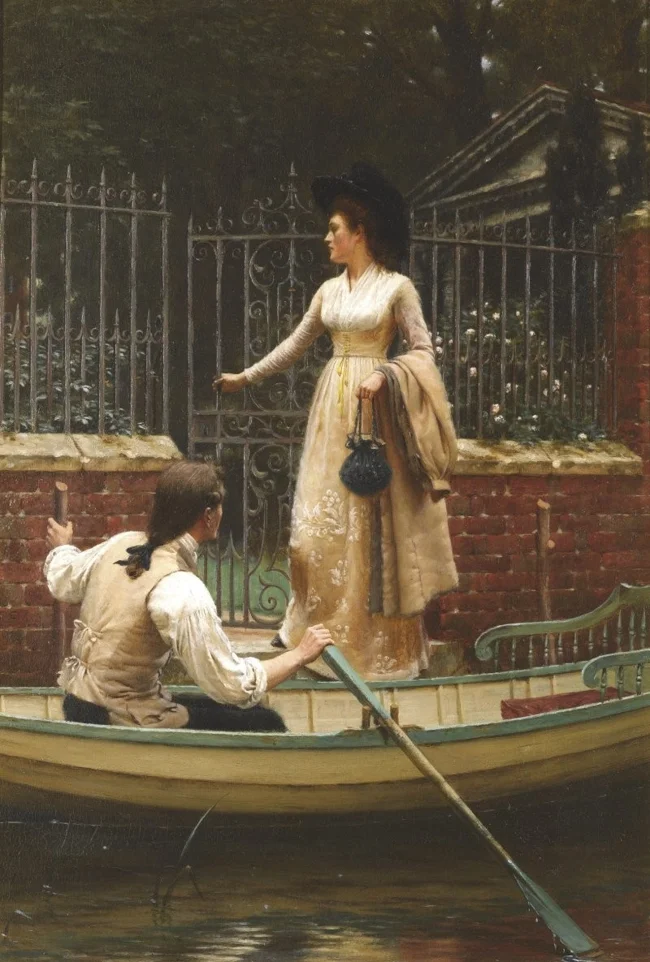
"The escape"
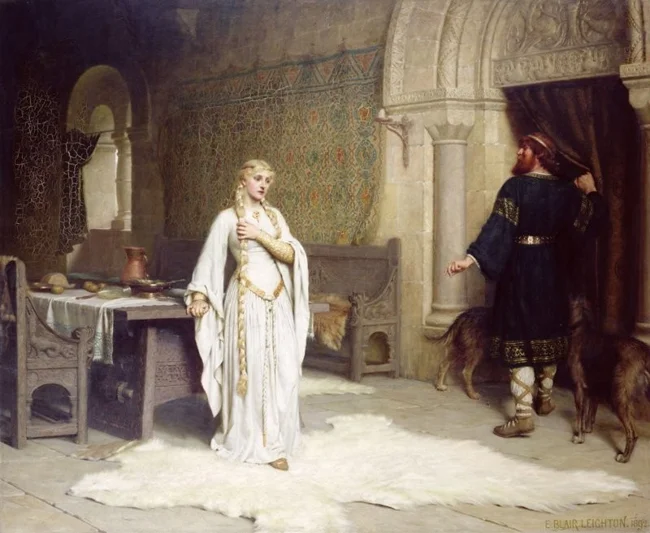
"Lady Godiva"
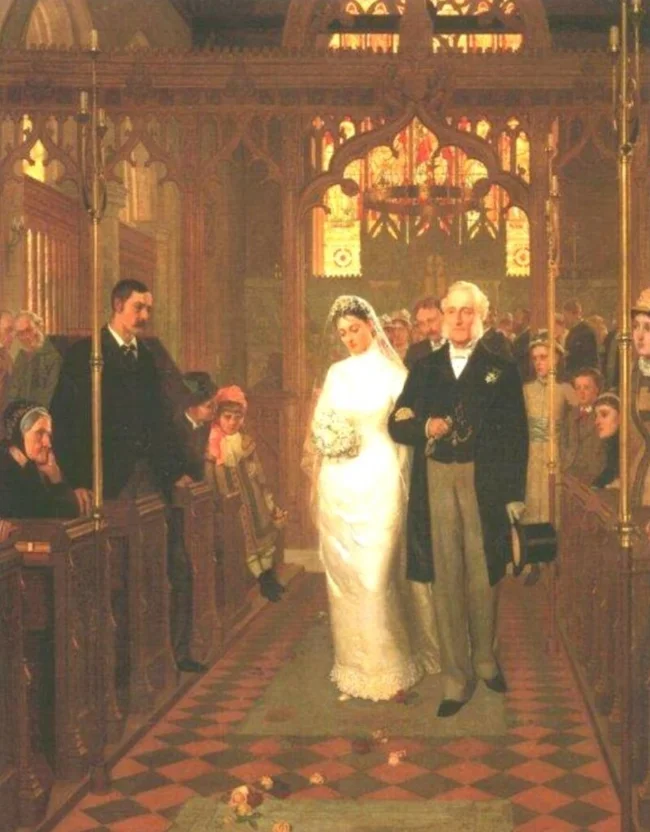
"Until death unlearns us"
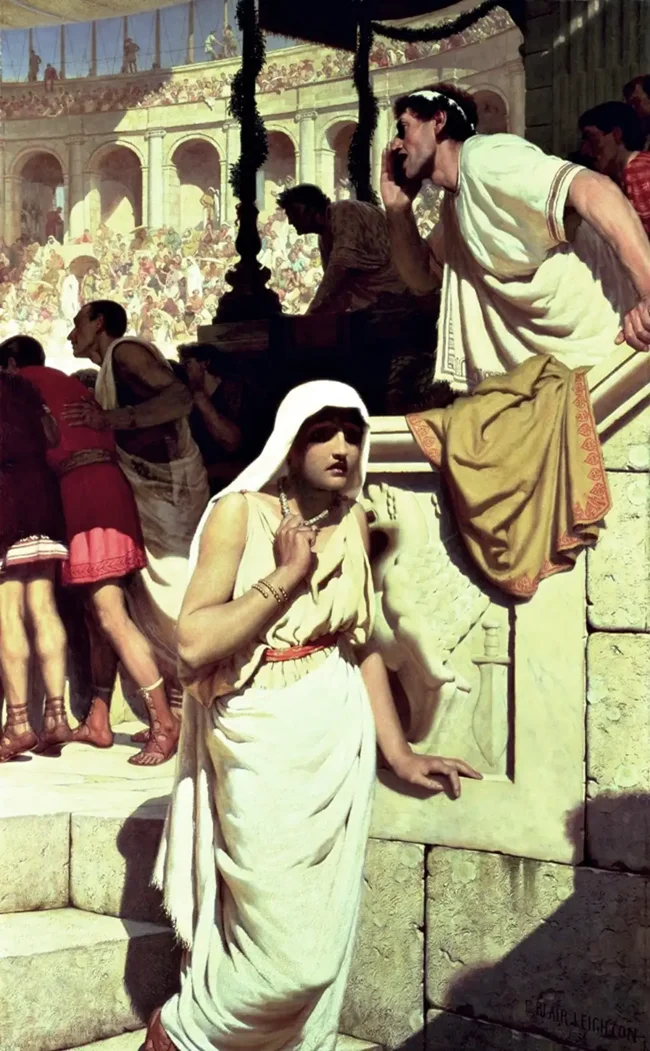
"Gladiator's Wife"
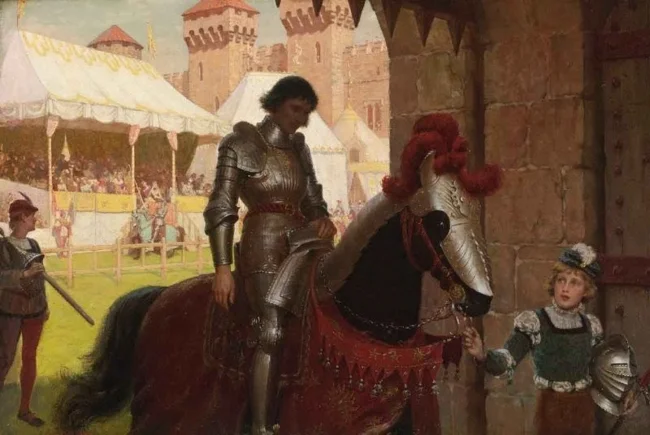
"Defeated"

